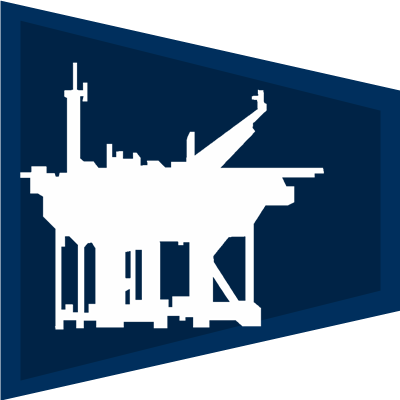Overview of the DSP-One© Centres
Directional Drilling Centre (Dd): |
Designed for planning the well trajectories for new planned wells, for following the course of actual drilled wells and for studying the uncertainty of the survey whilst checking for collision risk
Directional Drilling:
Design simple or complex well trajectories section by section or automatically from the start point to targets using a selection of directional methods; such as Hold, Build and Turn, Tool Face, Constant Dogleg and Automatic. Projections of Actual Wells are available with our graphic solution “Way to Target”. Tortuosity is available for the plan of well sections.
Anti-Collision:
Compute a well position uncertainty (using either of the two error models: Cone or Ellipsoid of Uncertainty). The result can then be used in conjunction with a selection of collision-risk wells and one of the separation models (Horizontal, Travelling Cylinder or 3D Closest Approach) to conduct collision analysis. Several graphics are available for improving interpretation of results (Well Plot, Separation Factor, Spider Plot, Radar Plot and 3D)
Well Outline Centre (Wo): |
The Well Outline centre is a data input module that to allow adding an extra layer of data to well design. This extra layer of data comprises formation tops, fluid information, formation gradients, casing program / drilling phases and drilling performance (Well outline drawing and corresponding time – depth curve)
Casing Point: When Pore and Frac are available, casing depth selection is computed according to Company Policy using either of the two methods: Kick Margin or Full of Gas
Mud Window: When Pore and Frac are available, the Mud Window graphic is displayed according to the selected casing depth.
Drill String Centre (Ds): |
Centre where the user plans the bottom hole assembly and performs all the calculations related to the drill string that the well project encompasses.
Drill String Analysis:
Contains a selection of sub-modules covering: drilling hydraulics with mud, MPD, air and foam, drag and torque, trip drag chart, friction factors back calculation, casing wear prediction and swab and surge and effect of tortuosity in the well profile. The results are optimised using interactive graphics
Well Control:
The Well Control module provides four types of engineering calculations most frequently required for analysing well control situations. The four calculations are as follows: kick control, kick margin, well full of gas, and gas cut mud. Kick control gathers data from the current BHA set-up, well fluid description and shut-in conditions, to determine the characteristics of the influx together with a suggestion of its most probable composition.
Casing - Tubing Centre (Ct): |
The Casing Centre is focused on Design, Running and Cementing the Casing or Tubing string. The user can design the Casing String, checking if it will stand the well’s life cycle. The user can also check if he will be able to run and cement the chosen casing string. For that several factors are considered, like the rig specs, the well trajectory and specificities and the design criteria set by the user or company policy.
Casing Design:
The casing design module uses Triaxial VME analysis combined with the Service Life Model to generate design load curves. These load curves are based on the load cases defined by the user. At present there are 7 built-in load cases and any user defined cases. This module includes a Casing Verification for Actual Wells using the data of the current well (KOP, Dog Legs, Hole Caliper, Top of Cement, etc.)
Casing Operations
Conduct hydraulics, drag and torque and trip drag chart analysis on the selected casing string. Generate centraliser programs and calculate the performance properties of the casing according to the API bulletin 5C3. Swab and Surge is also available.
Cementing:
The cementing program generated indicates the pumping schedule for each of the component fluids, the volumes of additives required and the static pressure inside and outside of the casing at the end of the job. The free fall analysis examines the predicted pumping rates, injection pressures and pressure at any user defined depth.
Riser Analysis:
This module calculates 2D riser stresses according to the following parameters: number of Riser Tensioners, Safety number on Riser Tensioners, Riser Surface Choke, Riser Top Tension, Rig offset from vertical, Use of Syntactic Foam. Computing the recommended Top Tension and the Wellhead Stresses. Riser shape results are available for Drag & Torque, Trip Drag Chart, Riser Wear, etc. Aluminium Riser calculation included. Several graphics are available for improving interpretation of results.
Well Optimisation Centre (Wo): |
Centre for optimising data.
Optimisation:
Is a dashboard with visual results of various calculation and compare with criterion value selected for the drilling phase. This graphic shows the user if the values from the different performed calculations (hydraulics, drag and torque, casing design and operations, cementing, well control and other) are equal or below the criteria we entered.
Real Time:
Advanced application to monitor, control, and optimize drilling operations using real-time data in conjunction with the Drilling Optimization and HSE Dashboards. Supporting any number of WITSML server and wells








